Last-Minute NYC Holiday Gift Guide 🎁
We’ve created a holiday gift guide with presents for the intrepid New Yorker that should arrive just in time—


The High Line, once an abandoned afterthought on the edge of Manhattan, has quickly become one of New York’s most famous and successful parks. With over eight million visitors in 2019, it is a stunning example of how to creatively reuse old industrial infrastructure. But did you know that what would become the High Line used to be almost 50% longer than it is today? Instead of stopping at Gansevoort Street in the Meatpacking District, it used to run through the West Village all the way to St. John’s Terminal in Tribeca.
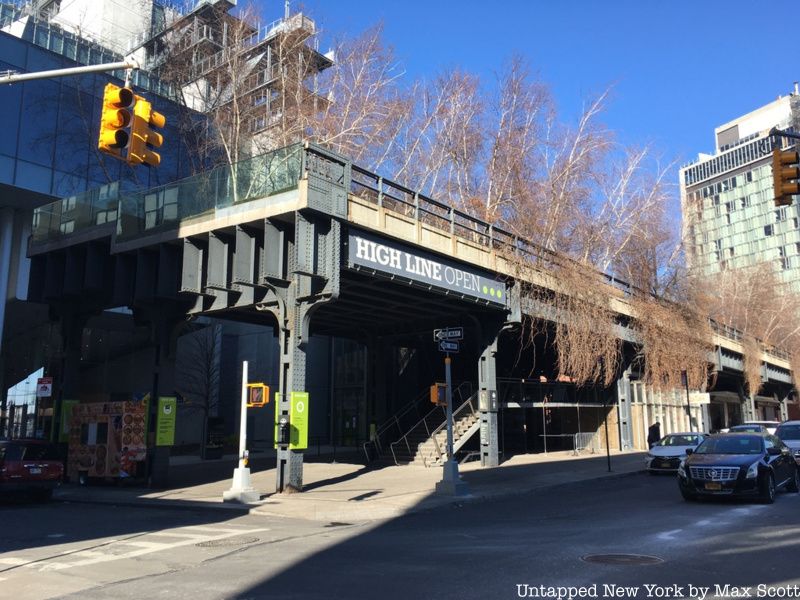
Built between 1929 and 1934, the High Line was the first part of Robert Moses’s West Side Improvement Project. This project entailed a drastic rebuilding of Manhattan’s West Side in order to remove street-level freight trains from 10th Avenue, at the time infamously nicknamed “Death Avenue,” as well as reconstructing and expanding Riverside Park.
When the High Line opened in 1934, it stretched 2.15 miles from 35th Street and 11th Avenue down to the massive St. John’s Terminal. The second floor of St. John’s Terminal held an indoor railyard that could accommodate 227 rail cars on eight tracks. For the next 25 years, the High Line bustled with railroad activity as trains brought goods to and from meatpacking wholesalers, refrigerator factories, and Nabisco’s Oreo cookie plant.
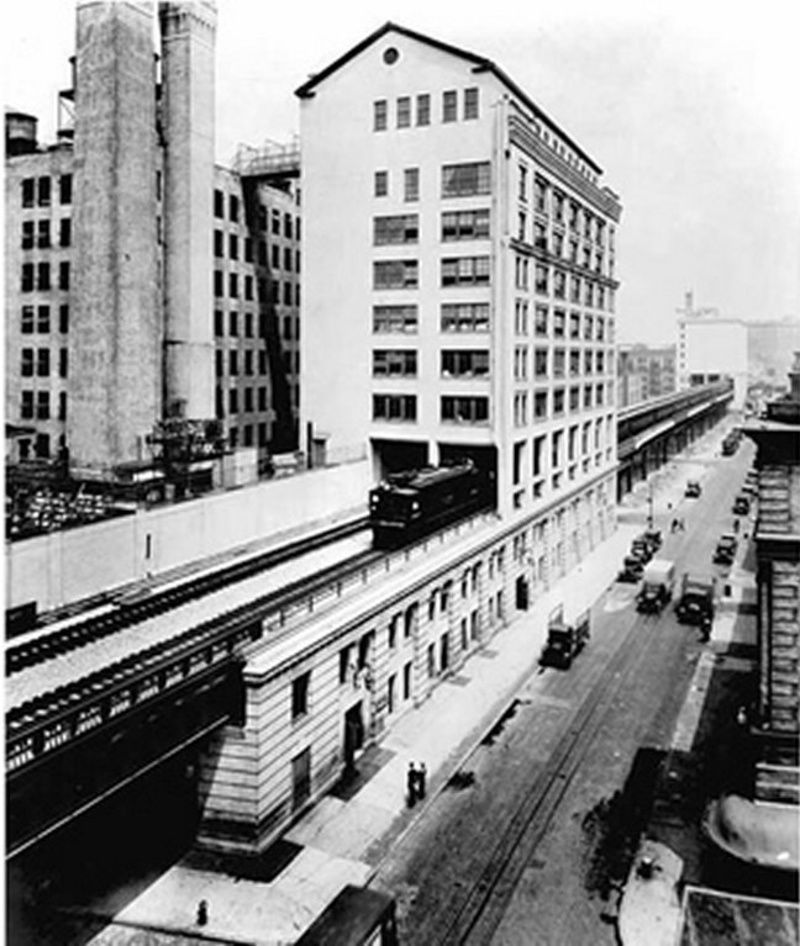
However, by the 1950s, the rise of long-haul trucking and the construction of container shipping ports like Port Newark led to the decline of the rail-to-pier-based industry of Manhattan’s West Side. By 1960, St. John’s Terminal was abandoned and the lower third of the High Line was similarly disused. The last freight delivery on the line was made in 1980.
Over the next 40 years, bits and pieces of the High Line would be torn down to make way for one project or another. In the mid-1960s, the southern portion of the line between Bank and Clarkson Streets was dismantled and a row of six-story brown brick apartment buildings called the West Village Apartments were built in its place.
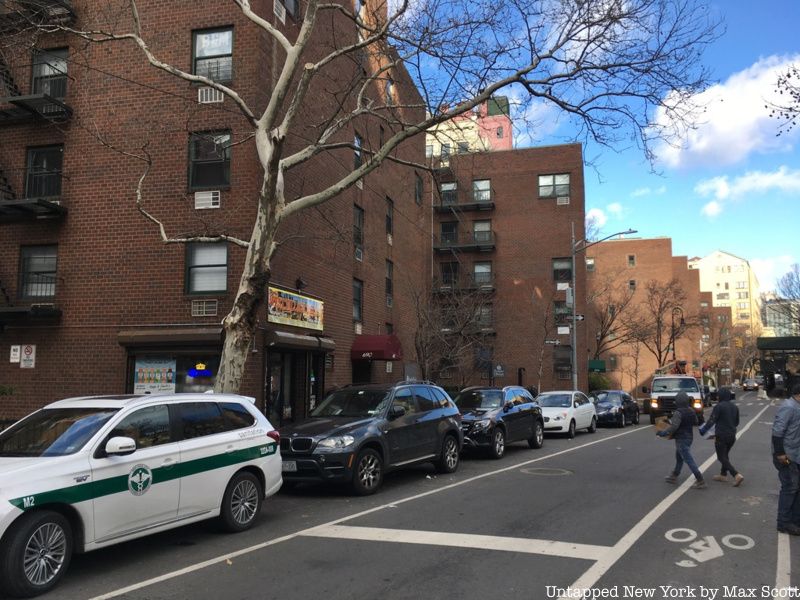
In 1980, the Jacob K. Javits Center replaced a small section of the High Line between 34th and 35th Streets along 11th Avenue, which was the original terminus of the route. Then in 1991, the real estate developer Rockrose petitioned the city to demolish another five blocks of elevated tracks between Gansevoort and Bank Streets. These five blocks were the southernmost section at the time (the lower nine blocks having been demolished in the 1960s) and they were the last portion of the line to run through the West Village. This section of track was also unique because it ran directly through two buildings, the Westbeth artists residence (formerly Bell Labs research facility), and the West Coast Apartments (previously a refrigerator factory).
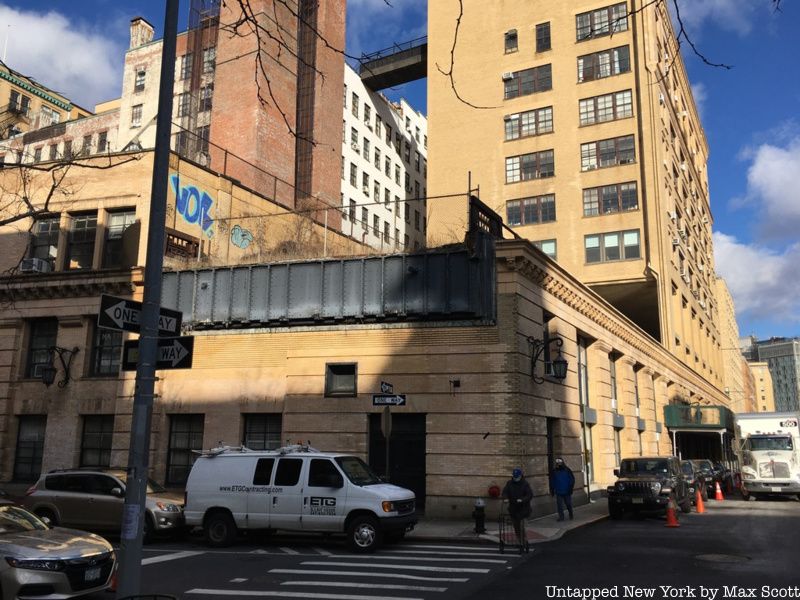
By the early ’90s, many local residents had begun to appreciate the architectural and industrial history of the High Line and fought against Rockrose’s proposal. Rockrose owned two parking lots underneath the tracks, as well as the old factory that now housed the West Coast Apartments, and stood to benefit greatly from the ability to build new buildings without having to accommodate the High Line. Little did Rockrose know how lucrative the High Line would be for developers who decided to incorporate it into their designs. In the end, Rockrose won the fight, and the southern five blocks of elevated tracks were torn down at the end of 1991.
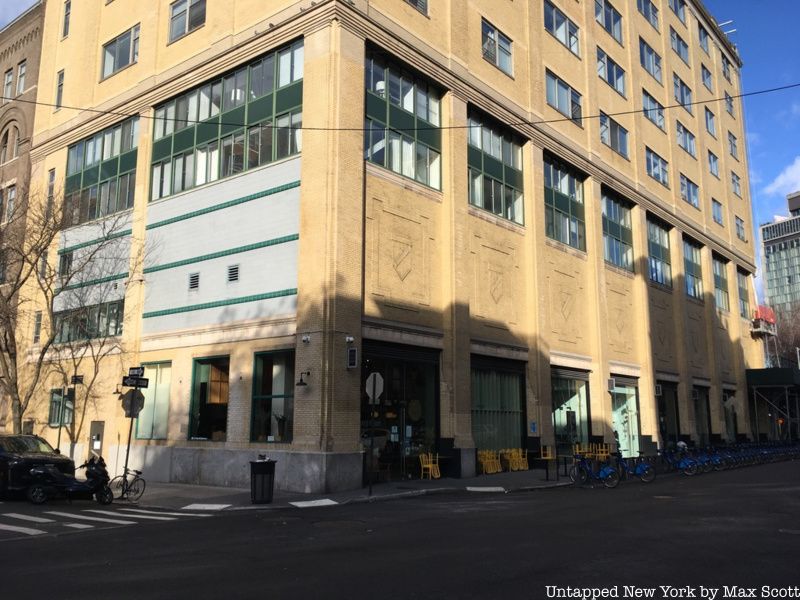
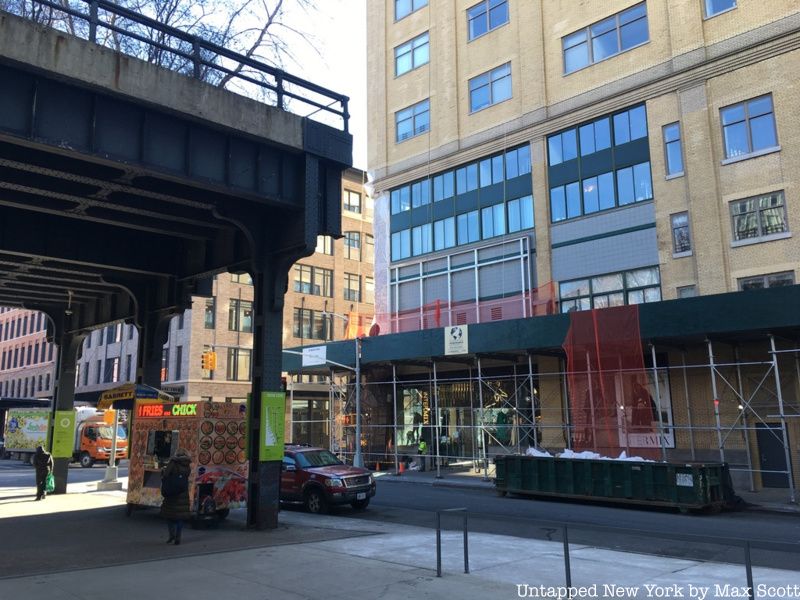
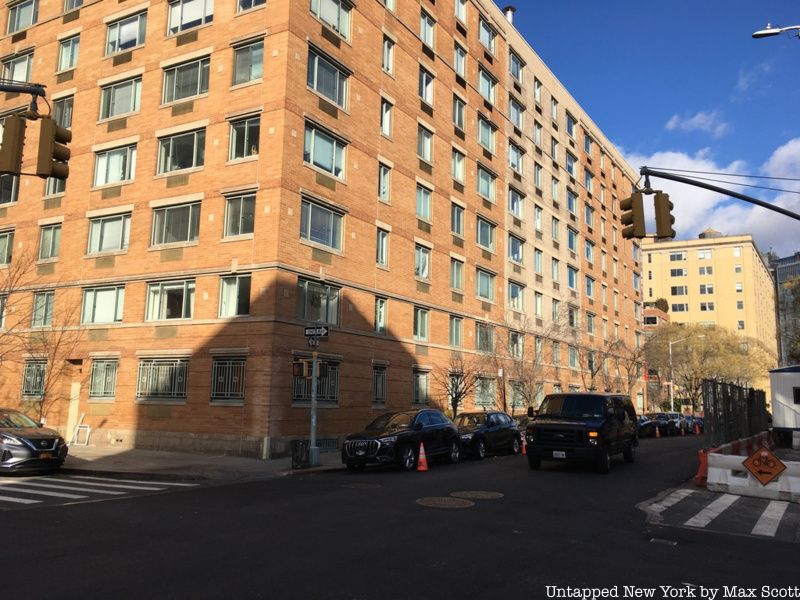
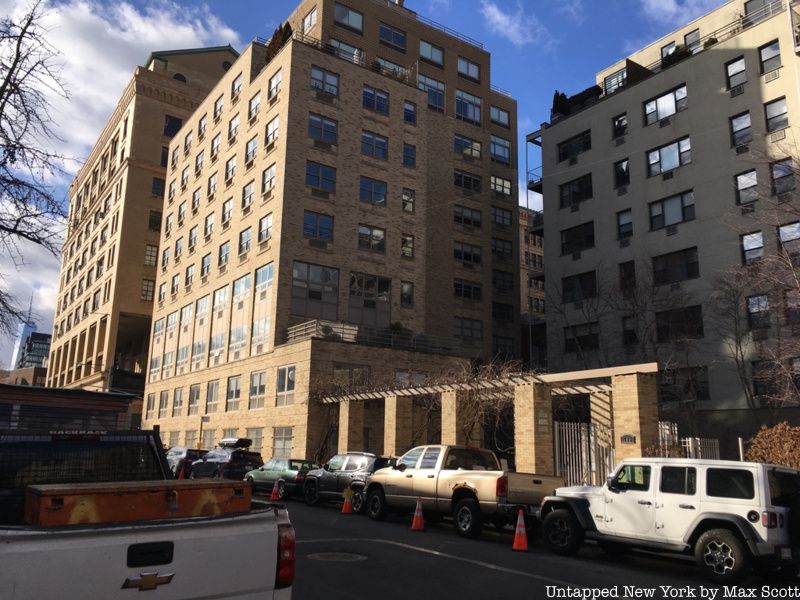
The remaining 1.45-mile length of the High Line, which still stretched from 34th street to Gansevoort Street, was under threat from Mayor Giuliani as early as 1992. He wanted to bring the wrecking ball down on the last stretch of the track, but was stopped by legal disputes between the city government and railroad companies. Then in 1999, the organization Friends of the High Line was formed to advocate for turning the abandoned structure into a park. Due in part to the group’s political shrewdness and deep pockets (the organization sponsored an international design competition and raised over $150 million), the new Bloomberg administration quickly got behind the project.
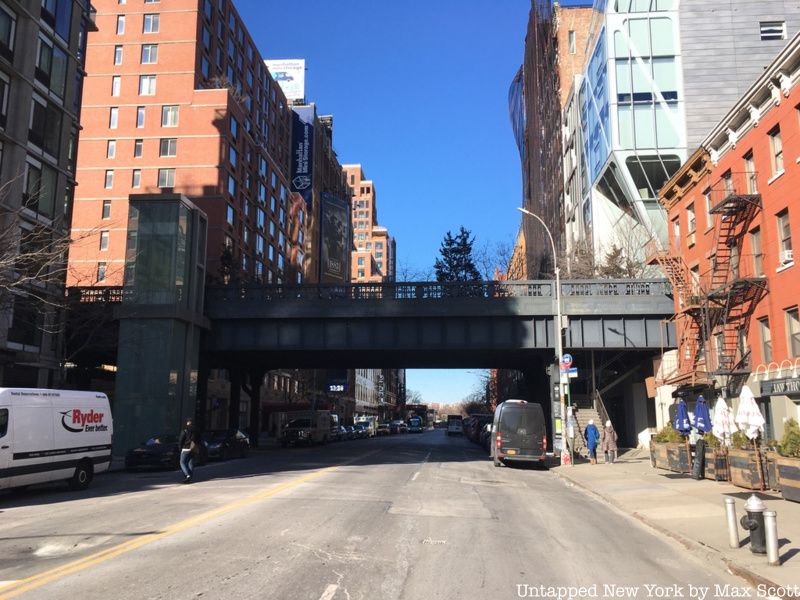
With Bloomberg firmly backing the project by 2004, construction on the park began in 2006 and was completed in 2014. The High Line stands today as a testament to the value of historic infrastructure and the power of adaptive reuse. As awesome as the current High Line is, just think of its grandeur at 1.5 times the size.
Next, read about the top 10 secrets of the High Line in NYC!
Subscribe to our newsletter